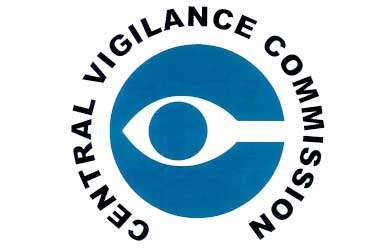 The Canadian Dollar fell to the bottom of the main currency performance chart on Tuesday, boosting GBP/CAD and USD/CAD in the way, as Statistics Canada indicated that the economy disappointed growth forecasts in the previous quarter and also at the beginning of the present quarter.
The Canadian Dollar fell to the bottom of the main currency performance chart on Tuesday, boosting GBP/CAD and USD/CAD in the way, as Statistics Canada indicated that the economy disappointed growth forecasts in the previous quarter and also at the beginning of the present quarter.
Canada’s Dollar performed poorly while other commodity currencies strengthened in the US Dollar’s deeper decline after Statistics Canada adjusted down its forecast of first-quarter economic growth, revealed a contraction for the second quarter, and cautioned that economic activity has probably contracted furthermore in July, when economists had predicted a solid rebound associated with the reopening of the federal government.
“A slowing in house sales and a significant drop in exports more than negated increases in residential building and corporate investment.” According to Royce Mendes, an economist at CIBC Capital Markets, consumer expenditure thrived just marginally better.
“The third quarter also didn’t begin with a strong start as we had hoped, with the July flash estimate merely indicating a 0.4% rise, notwithstanding the easing of public health constraints,” wrote Mendes in a note to clients after the economic release.
Canadian GDP increased by 0.7% in June, in accordance with the flash assessment presented by Statistics Canada in July, but the economy contracted at a quarter-on-quarter rate of -0.3% in the quarter ended June and at an yearly rate of -1.2%, placing overall Canadian GDP at about 1.5% lower than it had been in February last year.
Following a modification of Statistic Canada’s original assessment of the contraction observed in May due to the acquisition of more complete data, the second quarter GDP drop was worse than it would have otherwise been, with the previously reported contraction of -0.3 percent downwardly revised to -0.5%.
Nonetheless, Statistics Canada’s projection of a -0.4% contraction in GDP between July and the start of 3Q21 seemed to be more worrisome to the market and the cause of the Canadian Dollar’s following steep losses, since the economy was anticipated to recover throughout the summer.
While Canadian GDP growth may yet recover, the poor second quarter and weak start to the current quarter raised doubts on Bank of Canada (BoC) economic projections and raises hard questions for financial markets, which have persisted to make the assumption in recent weeks that the BoC may raise interest rates as early as the first quarter of 2022.
“As a whole, it appears that the Canadian economy was not as robust like we had thought, and with the fourth wave now apparently arrived, the economy has turmoil to steer,” says Mendes of CIBC. Following the publication, which occurred around the start of the North American open and amid falls in oil prices and stock markets, the Canadian Dollar was dumped against most rivals, while the US Dollar stayed solidly on the defensive versus most peers.
With the primary Sterling exchange rate GBP/USD barely changed that day, Pound-to-Canadian Dollar rate advances were completely due to the USD/CAD rise, which reflected Canadian Dollar lack of strength. “The GBP is getting support near the minor trend and 55-day MA support at 1.73, and near-term price movement does imply very strong support for the GBP on weakness today, which may reinforce the base near 1.73,” writes Juan Manuel Herrera, a Scotiabank analyst.
“The daily and weekly DMI oscillators are now bullishly oriented for USDCAD. We believe the USD will stay largely range bound in the near to medium term between 1.25/1.30, and we are likely to buy USD falls at the bottom end of that scale,” Herrera says.




